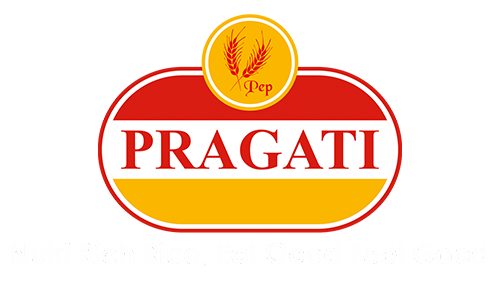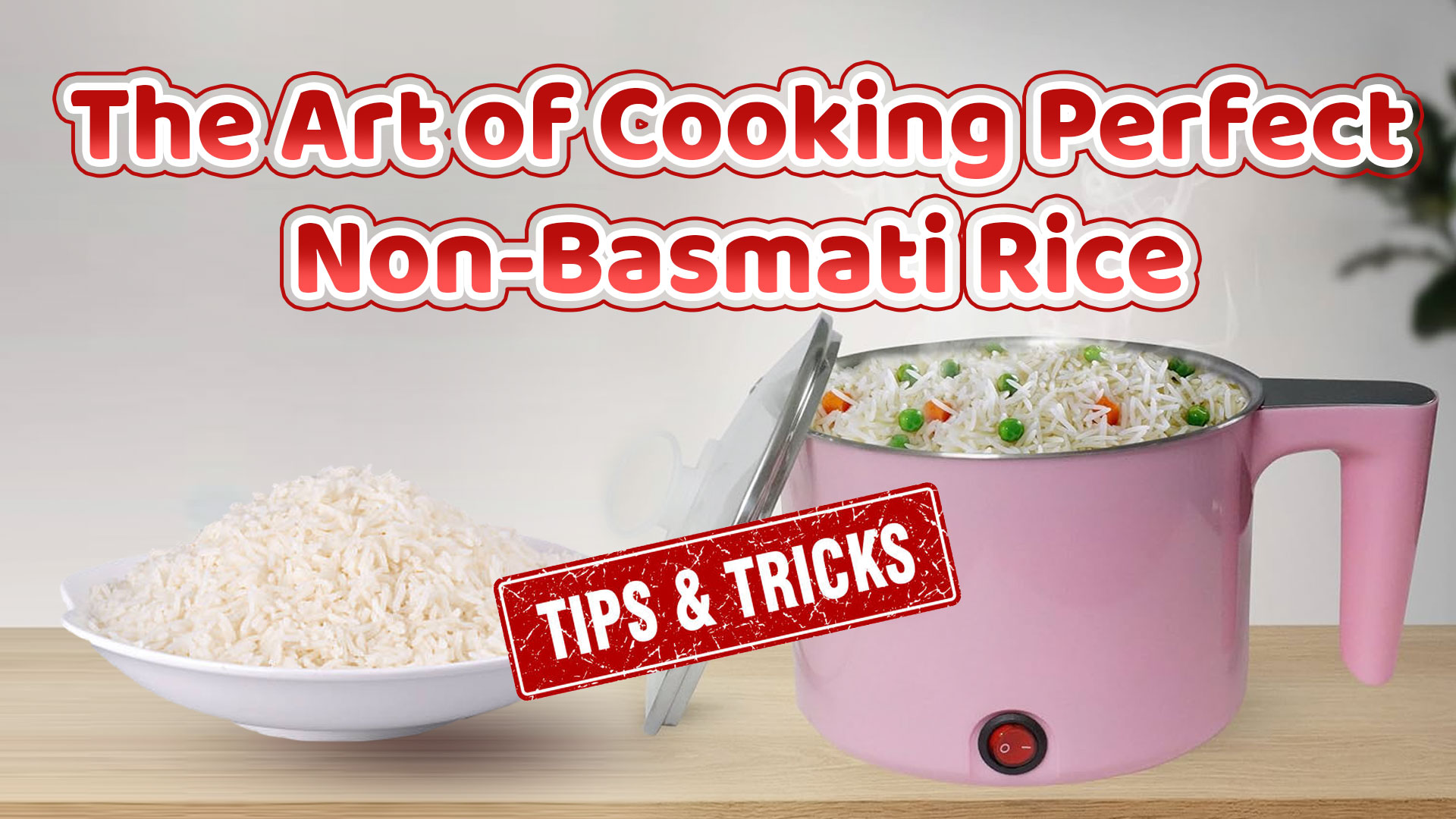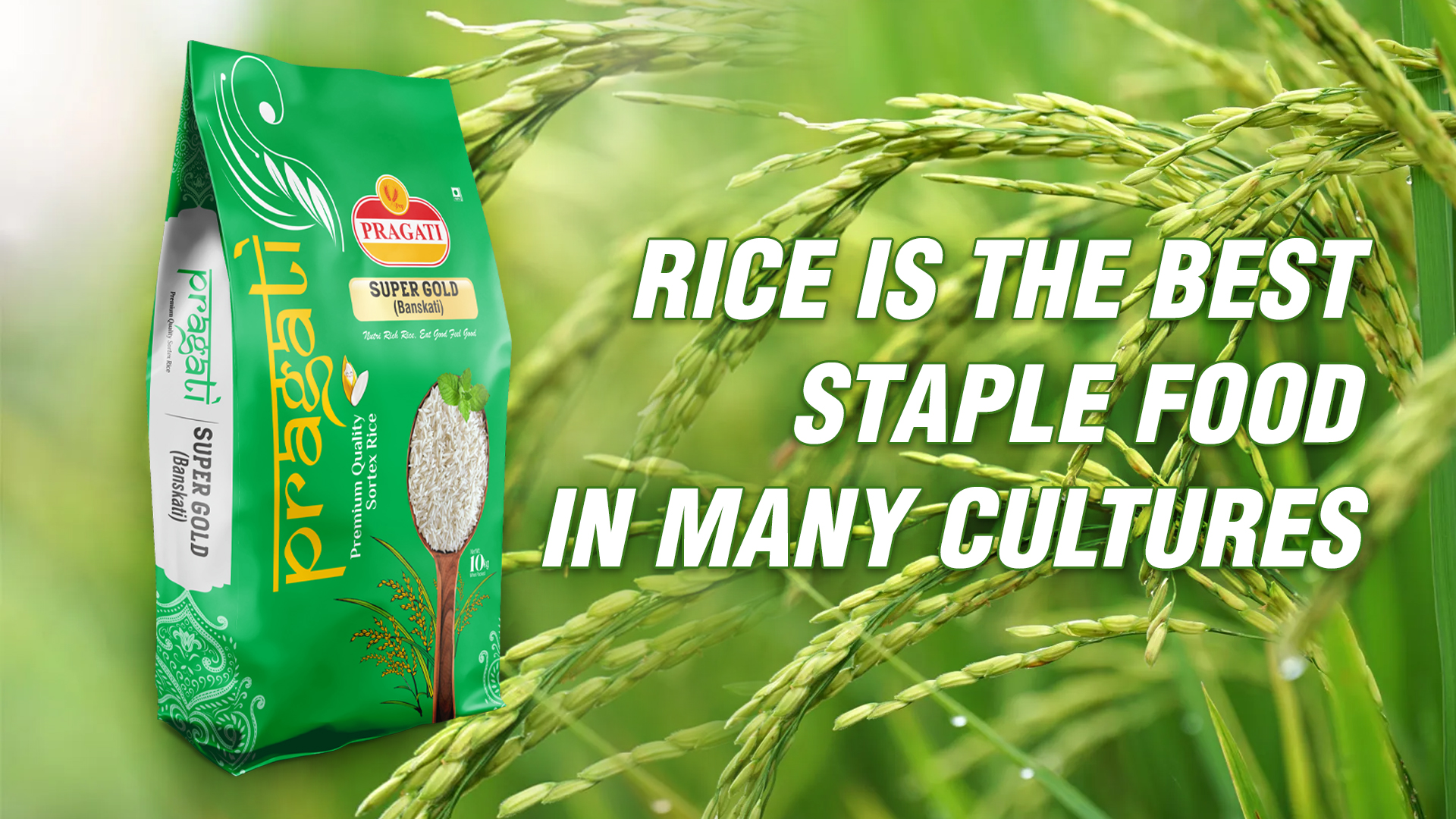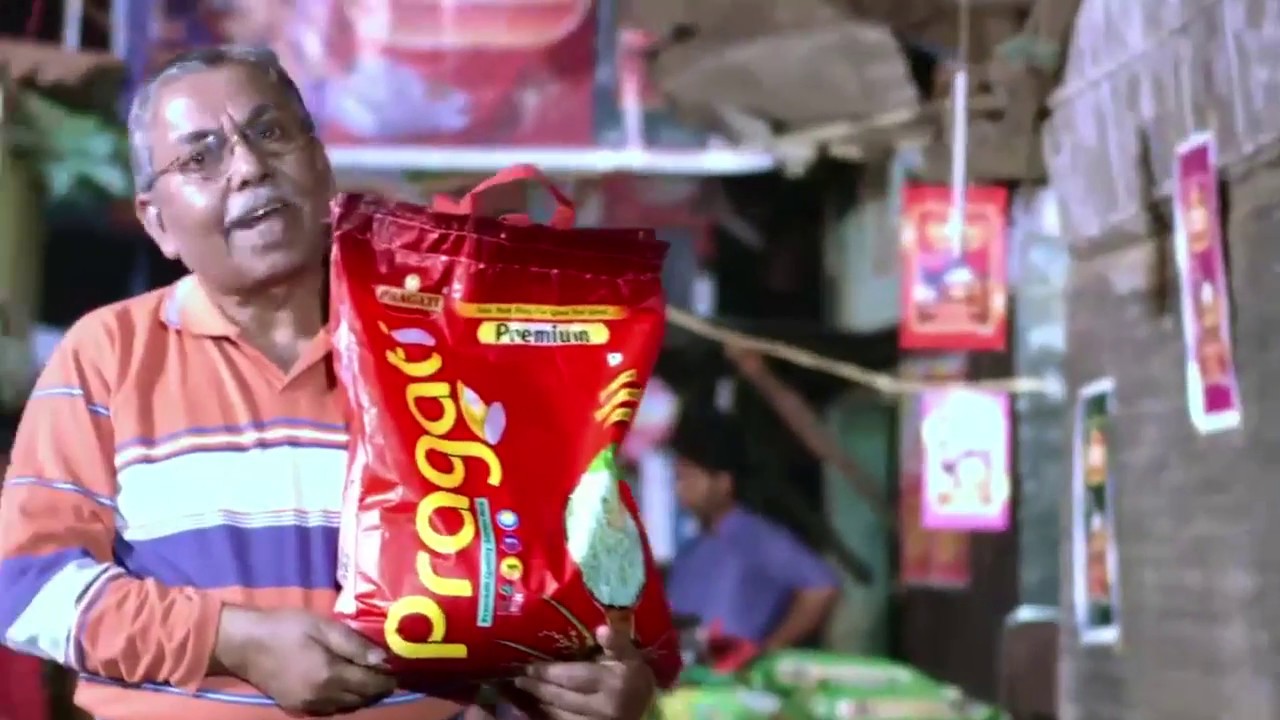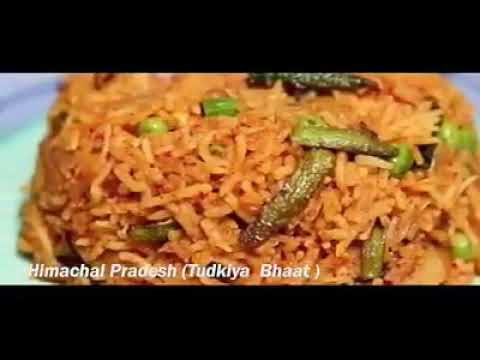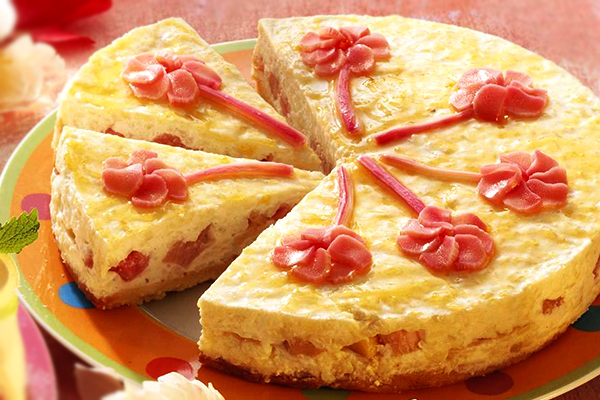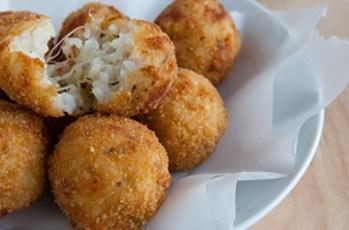Banskathi variant is one of most popular parboiled rice types available. It is a huge favourite among rich eaters of Bengal and its neighbouring states. Pragati rice has taken the initiative to bring the banskathi rice to every household while maintaining quality and class. The common man is acquainted with the name of the product, however a little more in depth knowledge about the food item they are consuming on a regular basis only.
Pragati ensures that their banskathi rice grains are sought from the best paddy fields across the nation, having high yield potentiality. The best rice grows on rich alluvium soil brought by the rivers with a lot of silt and loam. The paddy is then husked and hulled after harvest. The rice fields need to be rightly curated before the seeds are sown in. The rice fields have to be diagnosed timely to ensure there are no threats from pests and insects. Weed control is also an important factor to ensure there is no loss of yield. Some varieties of banskathi paddy growth are extremely sensitive to water, so the control on the supply of water in the paddy fields must be monitored to perfection.
